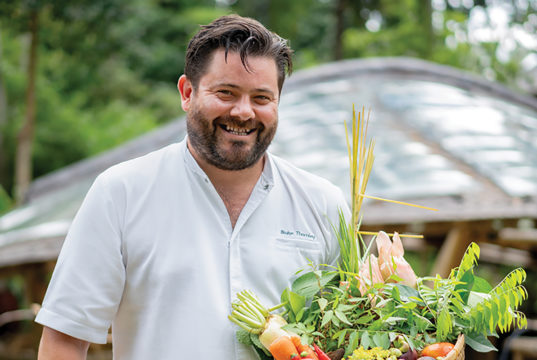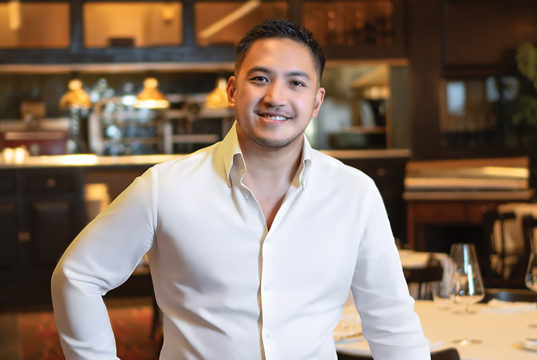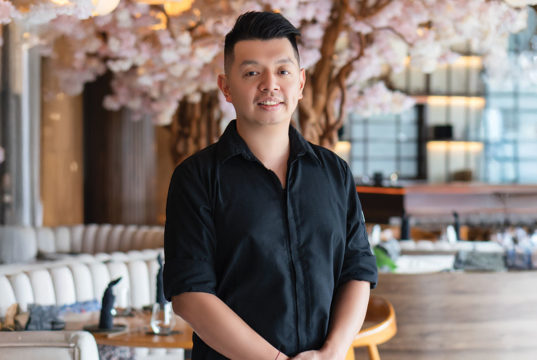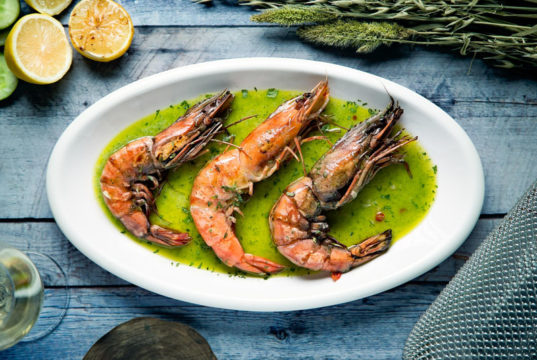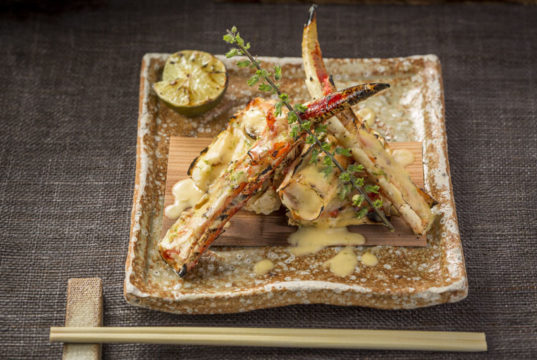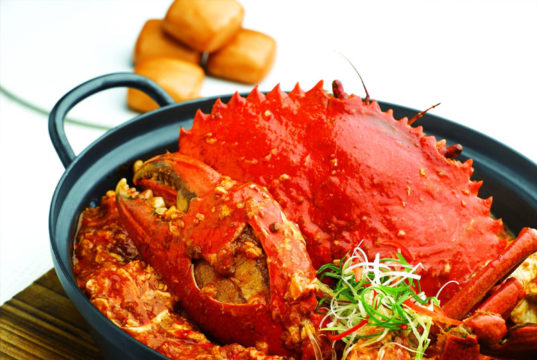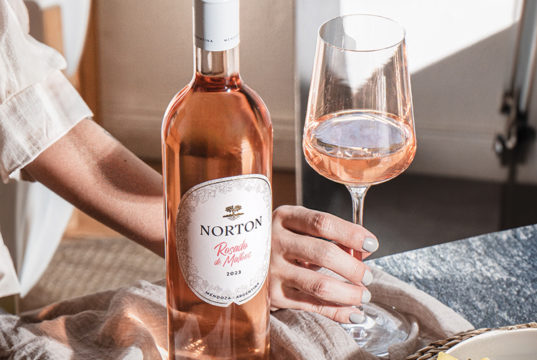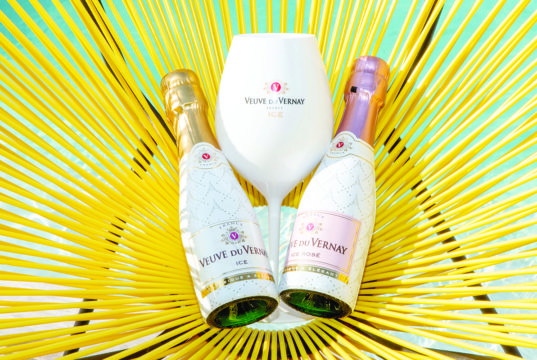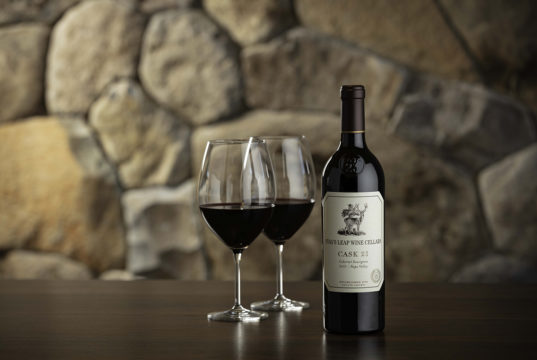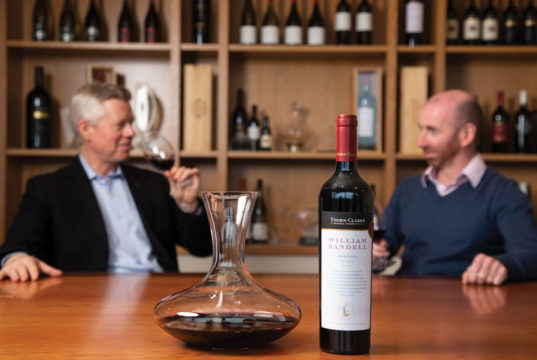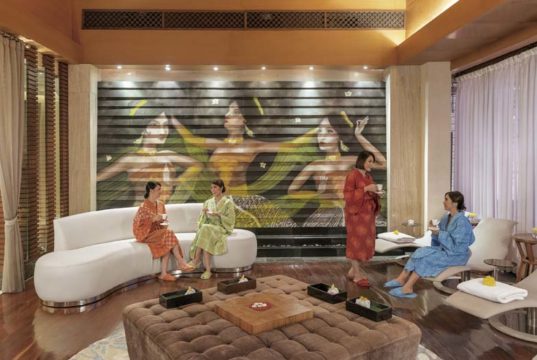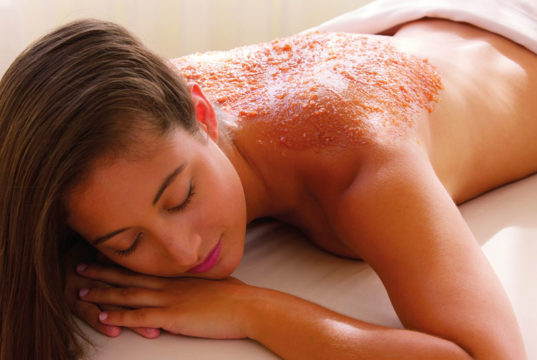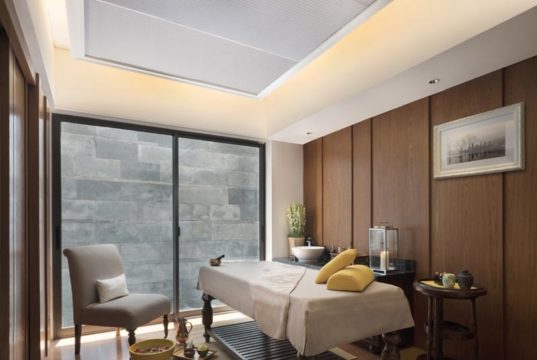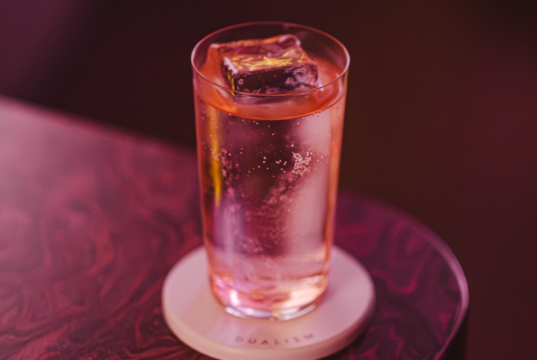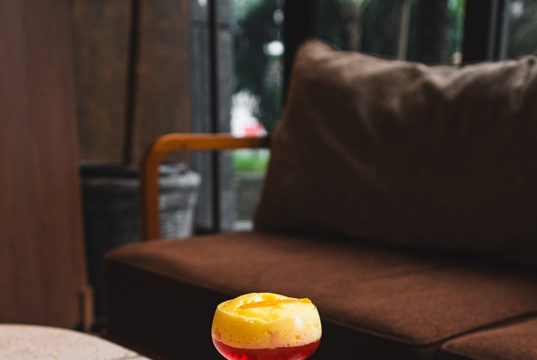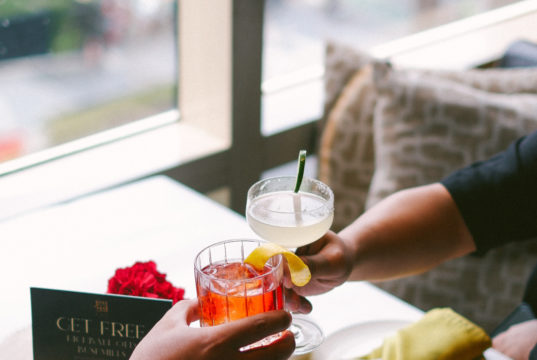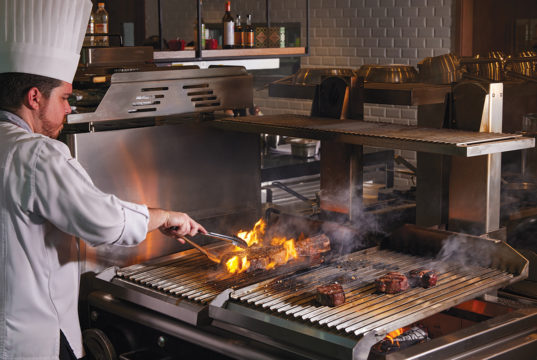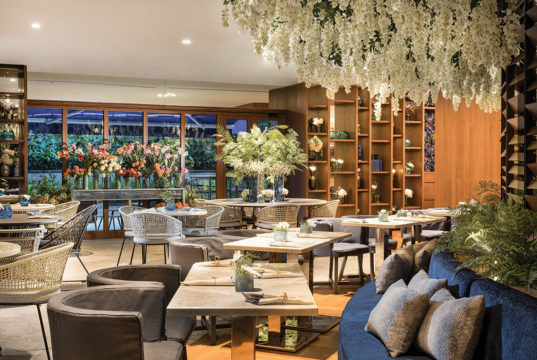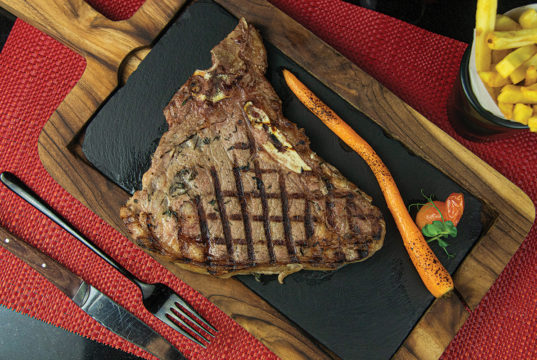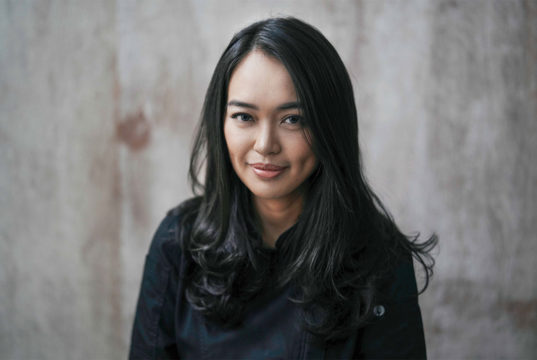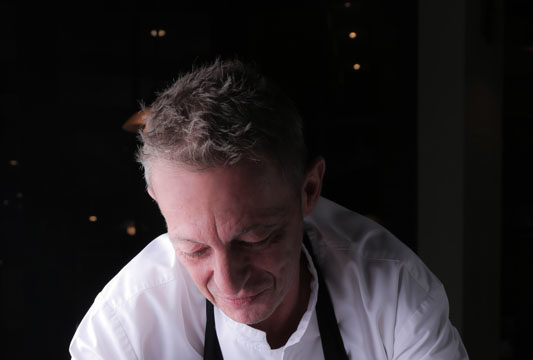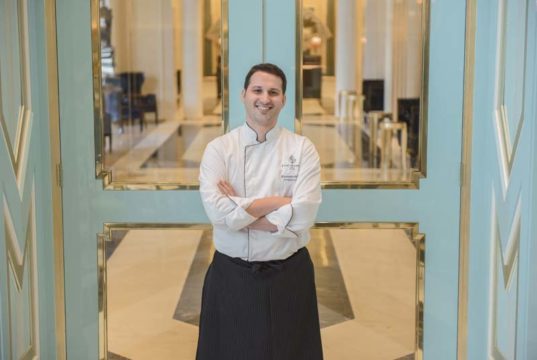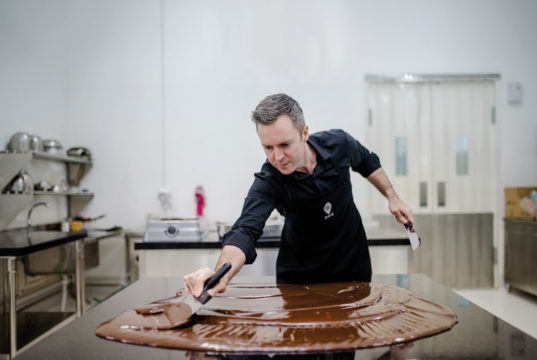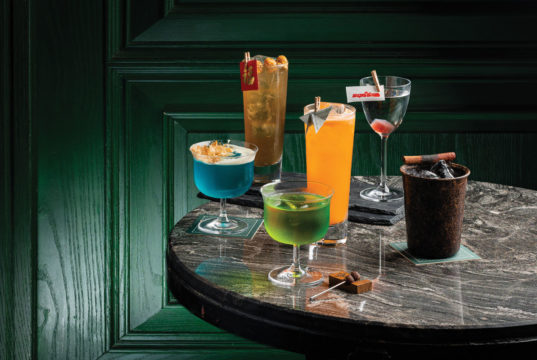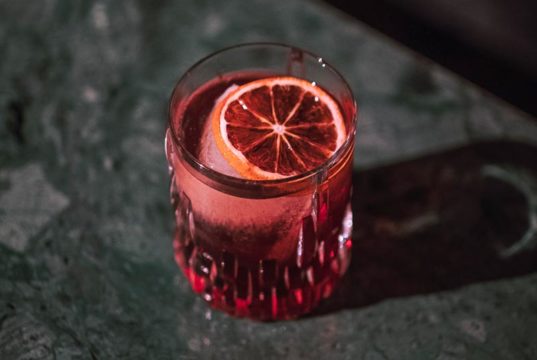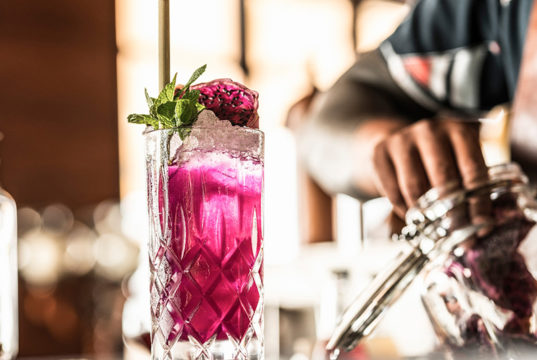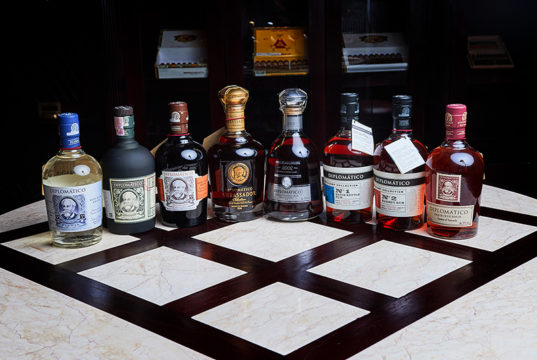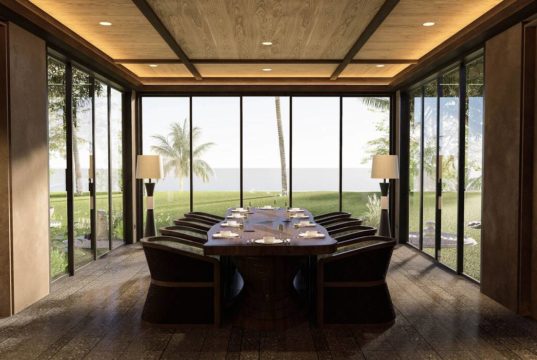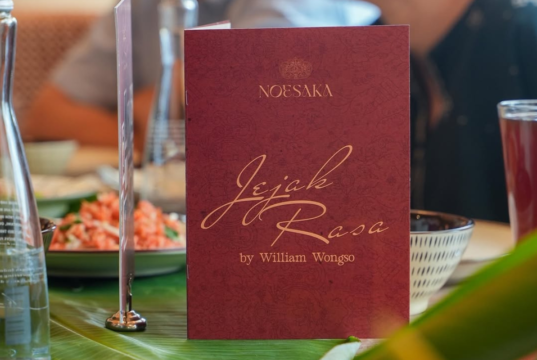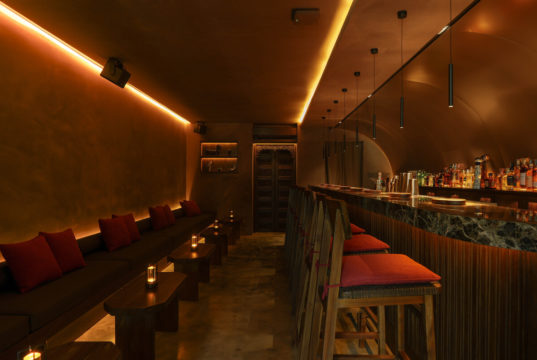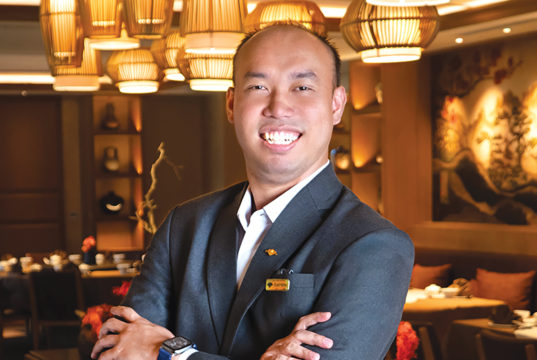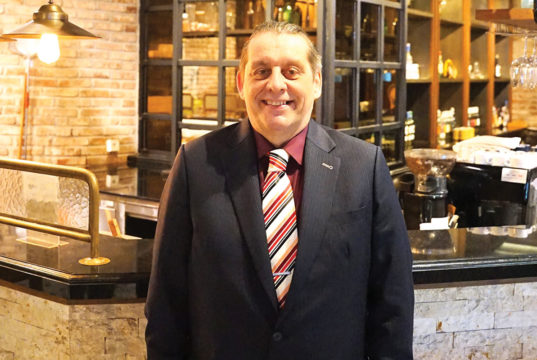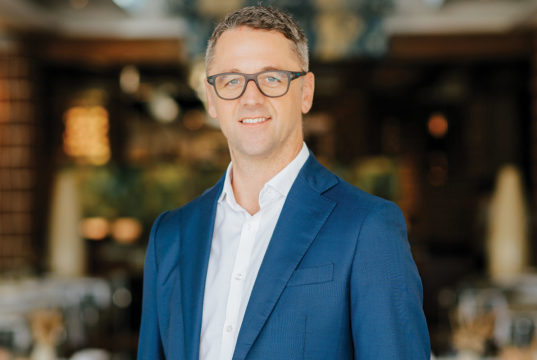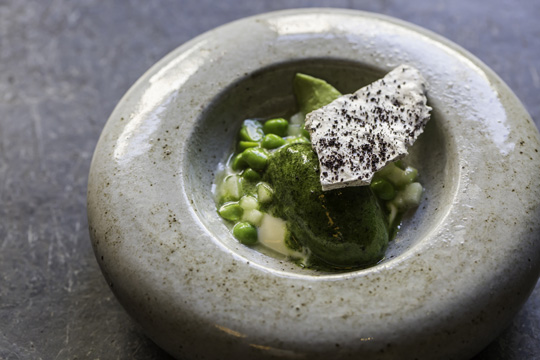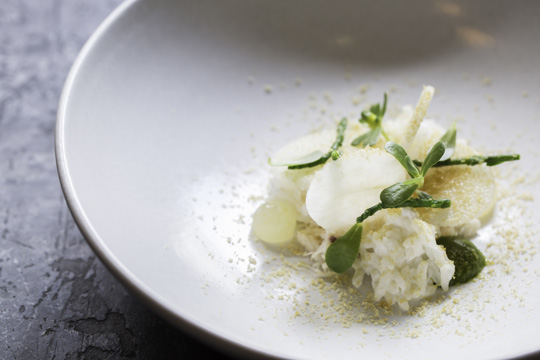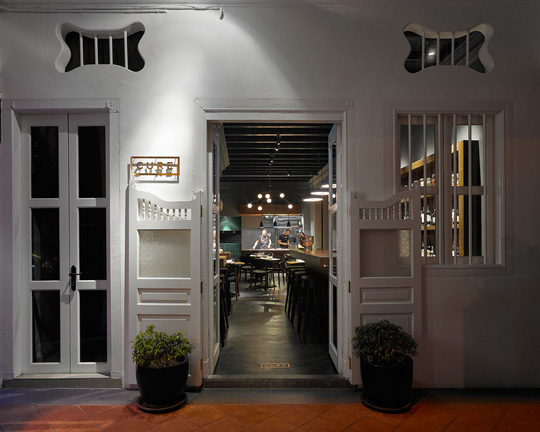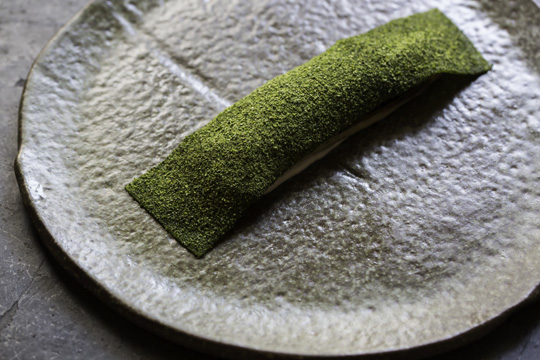Breaking down the boundaries of fine dining formalities, Chef-Owner Andrew Walsh of Cure in Singapore is proving that award-winning, world-class cuisine doesn’t need a white table cloth and silver service to be exceptional.
Sitting in a shabby-chic cafe in Bali, drinking a Bintang and discussing local street food, it’s hard to believe that the previous head chef of award-winning Esquina by Jason Atherton, and now the chef-owner of Singapore’s most progressive new restaurant, Cure, could be so down to earth.
Though his cuisine is as sophisticated as they come, complete with infusions, espumas, purées and foams, Andrew Walsh is unlike most other fine dining chefs. Not one to take life too seriously, he’s the first to shun any pretentious formalities and he’s not afraid to make a little noise in the kitchen. He’s often spotted in Little India munching on prata, or foraging through local markets looking for alien-looking ingredients he’s never seen before.
But that’s what makes Chef Walsh and his cuisine so special. Just like the man himself, his dishes at Cure are quirky, fun and the product of a lifelong dedication to his craft. So in between bottles of Bintang and a few bowls of peanuts, Chef Walsh talked to us about his journey to Singapore today. From eating beans on toast as a kid in Ireland, to working with Michelin-starred chefs in London, New York and now Singapore, Cure’s creator is the new face of fine dining.
E : Today you’re one of Singapore’s beloved kitchen superstars, but what first sparked your passion for cooking?
A: Being from the West Coast of Ireland, I grew up surrounded by beautiful farmlands and incredible produce. Though I would regularly eat beans on toast as a kid, my sister would sometimes make a really nice Irish soda bread, and in the summer we’d pick berries and make nice jams, so I was definitely interested in food from a young age. But it was only when I dropped out of school and enrolled in cookery college that things really changed. I had been working in the local pub that served really simple Irish classics like lamb stew and shepherd’s pie, so when my culinary teacher, Ida Jennings, saw something in me, she sent me on a placement to Darcy’s restaurant in Kenmare Kerry. I went from cooking mashed potato and steak to experiencing duck, caviar, lobster and foie gras for the first time. That’s when I realised that this was something I had to be a part of.
E : You’ve since worked alongside a number of Michelin-starred chefs, including Jason Atherton and Tom Aikens, but who has been your biggest inspiration?
A: Different people influence you in different ways. Tom Aikens taught me technical ability, speed and creativity, whereas Jason showed me good business practice, how to drive a team, and how to succeed yet remain humble. Then there’s Richard Corrigan, an Irish chef who taught me the importance of determination, power and charisma. Working with such great chefs, you pick up different tricks along the way.
E : Your kitchen experience has taken you to the world’s culinary capitals, including London and New York. What made you choose Singapore?
A: I think Singapore chose me in a way. While working in London for Jason Atherton at Pollen Street Social, local restaurateur Loh Lik Peng, found a location that soon became Esquina. He asked me to head the kitchen, but I was really enjoying London at that time. So he flew me over for a weekend and I was wined, dined and showed the best of Singapore’s exciting culinary scene, and after a few too many drinks I said yes and never looked back. I’d set a few goals in life: one was to be a head chef by 30, and the other was to have my own restaurant by 35. Singapore has allowed me to tick off both of those, two years ahead of schedule.
E : So what was it like being part of such a cult restaurant like Esquina?
A: It was exciting to say the least! We set the benchmark back then and I think Esquina became a cult because the concept was so different: a little hole in the wall that was fast-paced, dynamic and interactive. The music was on, the lights were low and there were chefs running around all over the place. I guess I became a bit notorious for a few strong words and outbursts in the kitchen, but it really added to the whole experience! There were only 27 seats in the house and we were doing 128 covers a night – it was wild. But one day I woke up, a little burnt out, and that’s when I realised it was time to open my own restaurant.
E : So let’s talk about Cure, your eclectic modern European restaurant. Can you tell us more about the concept?
A: Cure follows a bistronomy concept – fine dining with a casual approach. So there’s no pretension or white tables cloths, nor five waiters hanging around your table waiting for you to drop a spoon. Instead, we keep it funky and chilled with good music, low lights and a very contemporary vibe. The focus is on a tasting menu, but not four hours of degustation, losing track of whether you’re on course 20 or 25 – it’s either five or seven courses with snacks and bread on arrival.
Cure actually comes from the Latin word curare, which means to look after people, so that’s exactly what we do. Obviously we serve great food, but beyond that we break down the boundaries of fine dining with a welcoming environment. We remember faces and names, we’re not stiff, and I’m not afraid to come out of the kitchen and have a Negroni with a group of diners. We really have fun with what we do.
E : Talking of having fun, have you tweaked any modern European recipes to suit the Asian vibe?
A: Absolutely, I love adding a touch of Asia to the plate. One example is a dish inspired by a trip to Thailand. I use all of the ingredients from a Thai green curry – about 20 in total – and I turn them into a paste by paco jetting and freezing over and over. The flavours are so powerful, you only need a little dab on the plate. It’s then served with coconut rice, barbecued scallops, and I get my savoury guys to make a frozen peanut brittle that I shave on top of the plate just before serving.
E : Our readers are passionate foodies. Beyond Cure, where would you recommend they dine whilst travelling in Singapore?
A: Always try the local food. Look at what the locals are eating and follow the queues. You can find great chicken rice at Maxwells, awesome prata in Little India, and great dumplings near Geylang. In terms of restaurants, of course there’s Restaurant ANDRE, Odette, Tippling Club, Burnt Ends and Corner House… I could go on and on.
E : Whilst living and working in Asia, have you discovered any new ingredients that you now love to cook with?
A: Of course! When you come to Asia as a chef, it’s like Christmas every day. The best thing is going to the markets and picking out funky looking ingredients that you have no idea what they are! I’ve done plenty of Googling and experimenting, that’s what keeps it so exciting.
E : So finally, for young budding chefs looking to follow in your footsteps, what advice would you give them when breaking into the industry?
A: Don’t be in a rush to get to the top. Despite what shows like Masterchef teach you, you should take your time, enrol in apprenticeships, and work your way through the ranks in good kitchens at different restaurants. So many kids today work in one or two good restaurants, cover themselves in tattoos and suddenly think they’re rockstars. You should do it for a passion for food and hospitality, because at the end of the day it’s a lot of work, a lot of hours and a lot of sacrifices. So make these sacrifices because you want to be a chef, not because you want to be Gordon Ramsay.
(www.curesingapore.com)
Cured & BBQ mackerel
with potato ribbons and taramasalata
INGREDIENTS:
Mackerel
• 1kg whole mackerel
• 100g sea salt
• 10g sugar
• 3g lemon zest
Whipped cod’s roe
• 200g white bread cubes no crust, soak in water
• 2 cloves garlic
• 150ml blended olive oil
• 40ml lemon juice
• 250g smoked cod roe
• ½ red onion
Cucumber powder and pickled cucumbers
• 10 cucumbers, skins for powder and bodies
for pickles
Potato sheets
• 2 large potatoes, preferably Yukon
METHOD:
Mackerel
• Wash the mackerel. Dry, fillet and clean
the fish, and let chill.
• Prepare the mackerel’s cure mix with sea salt,
sugar and lemon zest. Mix the components together and evenly sprinkle the fish. Leave for 20 minutes.
• Grill fish for three minutes.
Whipped cod’s roe
• Squeeze the excess water from bread.
• Blitz the bread, onion, garlic and cod roe in
a food processer or blender.
• Add half the oil and continue to blitz in a
food processer or blender.
• Incorporate the lemon juice to the mix.
• Transfer mixture to a kitchen mixer and
slowly add the rest of the oil (similar to making mayonnaise).
Cucumber powder
• Peel the cucumbers until left with strips
of cucumber skin.
• Place the skins in the oven on low at 65°C
until the skins are dry.
• Blitz the dried skins in a food processer or
blender until it forms a powder.
Cucumber pickle
• Slice cucumber bodies into thin slices,
roughly 2mm wide.
• Dress to taste with a drop of lemon juice
and olive oil.
Potato sheets
• Peel potatoes until all skin is off.
• Slice peeled potatoes into long strips, roughly
15cm long, into thin sheets using a mandolin.
• Blanch potato sheets in boiling salted water
for 3 minutes to maintain bite.
• Place in ice bath to cool potato sheets and
stop cooking process.
• Dry and sprinkle with salt, olive oil and
cucumber powder.
Plating
• Place cod roe sauce in center of plate and
add sliced cucumbers on top.
• Place the mackerel fillet on the sauce, with
sliced cucumbers.
• Drape the potato sheets on top of the
mackerel fillet.
• Sprinkle the potato sheet with cucumber
powder and serve!




